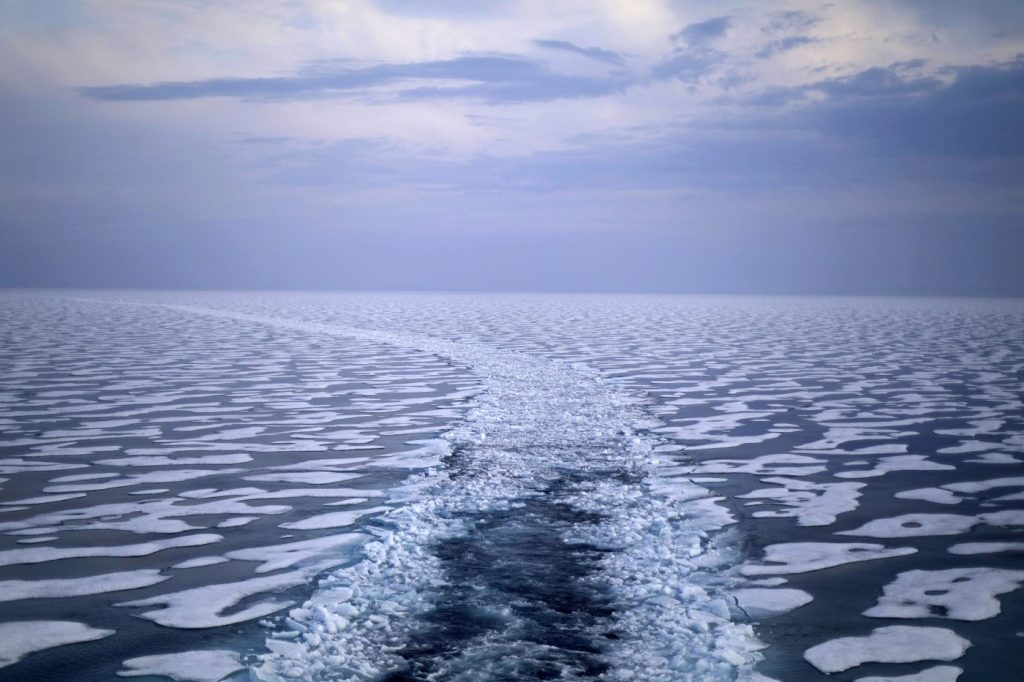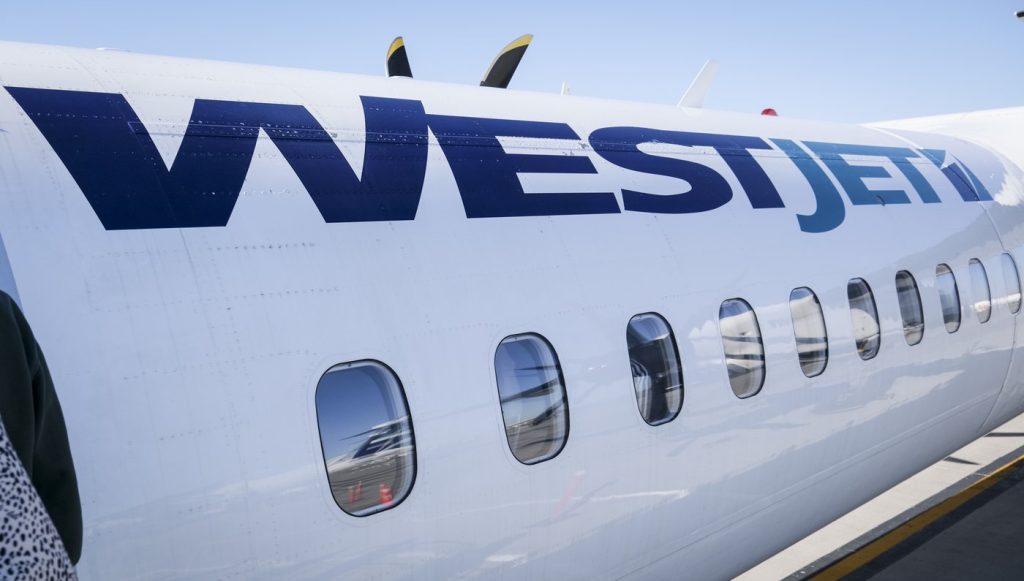Long-awaited Arctic port and road project restarts with regulatory filings

Posted June 26, 2024 4:00 am.
Last Updated June 26, 2024 4:12 am.
A long-awaited project that would see an Arctic deepwater port and road connecting rich mineral resources to international shipping routes as well as offering the Navy another northern beachhead has been revived.
The proposed Grays Bay Port and Road, which has been a northern dream for more than a decade, has refiled an environmental assessment with regulatory authorities in Nunavut, restarting a process that has been stalled for years.
The massive project on Canada’s central Arctic coast in the middle of the Northwest Passage could open up crucial mineral resources, said Brendan Bell of the West Kitikmeot Resources Corp., which is leading the effort and is majority owned by the Kitikmeot Inuit Association, a birthright corporation created by the Nunavut Land Claim.
“Every country is intent on securing a supply of critical minerals,” Bell said.
The project would include a deepwater port with two wharfs designed to load large vessels of the post-Panamax class and an adjacent small craft harbour for community use. It would also have an airstrip, tank farm, transloading facilities, utilities, maintenance shops, warehousing, accommodation, administrative offices and areas for ore concentrate storage and handling.
In its first phase, it would include a 230-kilometre all-weather road into the heart of the mineral-rich Slave Geological Province. That road would connect to ice roads to Yellowknife, making it the first road link from the central Arctic coast to Southern Canada.
There are at least three large deposits of copper, zinc, gold and silver that would be made economic by access to tidewater, said Bell. Many other deposits have been found in the vast region, which encompasses a large area of the central Arctic.
“We’ve had a typical chicken-and-egg problem,” Bell said. “World-class discoveries of high grade are made, but they haven’t been expanded to understand the scale because there’s no infrastructure.
“We believe with the new momentum behind the infrastructure you’ll see a lot of expansion of those resources.”
Northern premiers have been calling for investment in such a project for years. They renewed that call at the recent meeting of Western premiers.
Bell said the need for commodities, such as copper, in an increasingly electrified world, along with Inuit buy-in for a project that could impact crucial caribou migration routes and the growing viability of shipping through Arctic waters are factors behind the project’s revival.
The Canadian Infrastructure Bank has contributed $3 million.
“It’s never been truer that all levels of government, all the public and private sector and Inuit leadership all see critical need to invest in our northern infrastructure,” said Ehren Cory, the bank’s chief executive.
Bell said there is no recent estimate on the project’s cost, but he suggested it would be around $1 billion.
Even under a best-case scenario, the project is years away. Its environmental assessment is now before the Nunavut Planning Commission, with a review likely to be conducted by the Nunavut Impact Review Board.
Bell said permits are likely to take until 2027, with construction beginning in 2030.
This report by The Canadian Press was first published June 26, 2024.
Bob Weber, The Canadian Press








